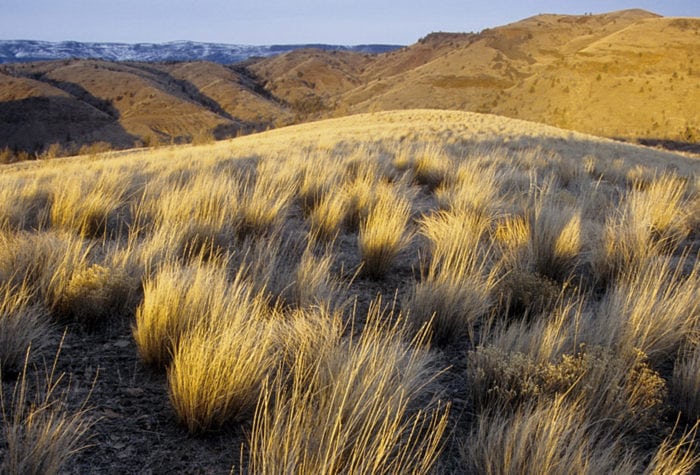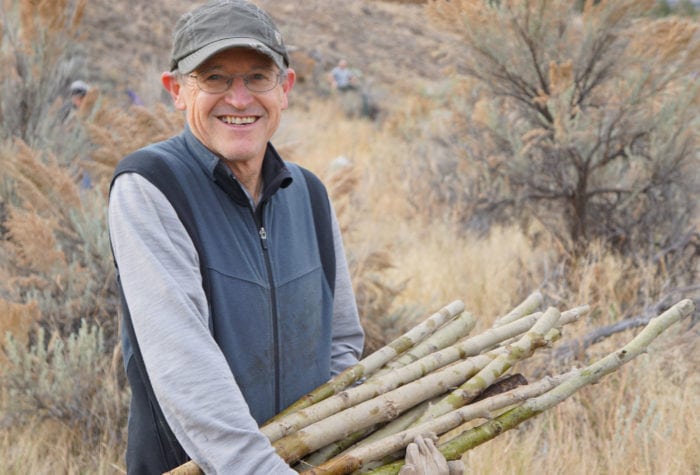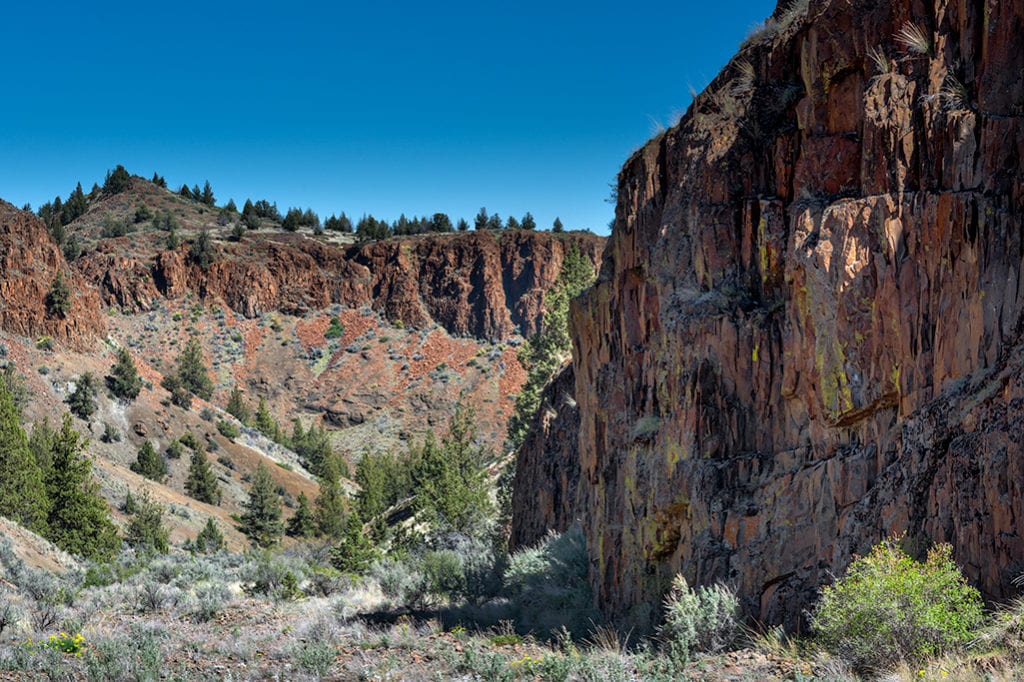Author: Matt Wastradowski | Published: August 20, 2020 | Updated: November 3, 2021 | Categories: Where-to; In the News
You may have heard about the new proposal to establish a Sutton Mountain National Monument. Here’s backstory.
The Painted Hills Unit of the John Day Fossil Beds National Monument sees roughly 200,000 visitors per year, almost all of them dazzled by the brightly colored hillsides, arid landscapes, and explosive ecological history of the John Day River Basin.
But just east of the Painted Hills sits Sutton Mountain, rising 4,700 feet above sea level and towering over the monument’s border. With a rocky western face and a grassier, more gradual eastern slope, Sutton Mountain invites hikers and horseback riders to rise above the region for a top-down look unavailable almost anywhere else in the region.
Those views range from the Painted Hills to canyons, gorges, and rolling hillsides that twist, turn, and rise all the way to the horizon—to say nothing of the many Cascade peaks in the distance. Visitors might even see some of the wildlife that calls Sutton Mountain home—like pronghorn, elk, mule deer, raptors, and coyotes.
And while it borders the Painted Hills and sits in the middle of the three units of the John Day Fossil Beds National Monument, Sutton Mountain sees far fewer visitors in a given year and remains an underrated gem in the region. That doesn’t make it any less fascinating, though: The mountain’s unique ecology, unparalleled views, and promising future as a protected piece of land make it well worth a visit.
So if you’re interested in learning more about—or even visiting—Sutton Mountain, here’s a look at how the region came to be, what it’s like to ascend to the summit, and why it’s so important to protect it for future generations.



